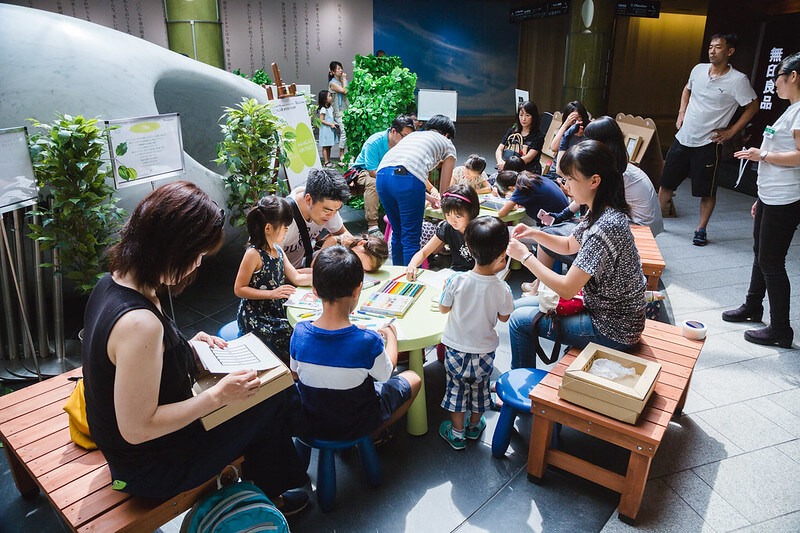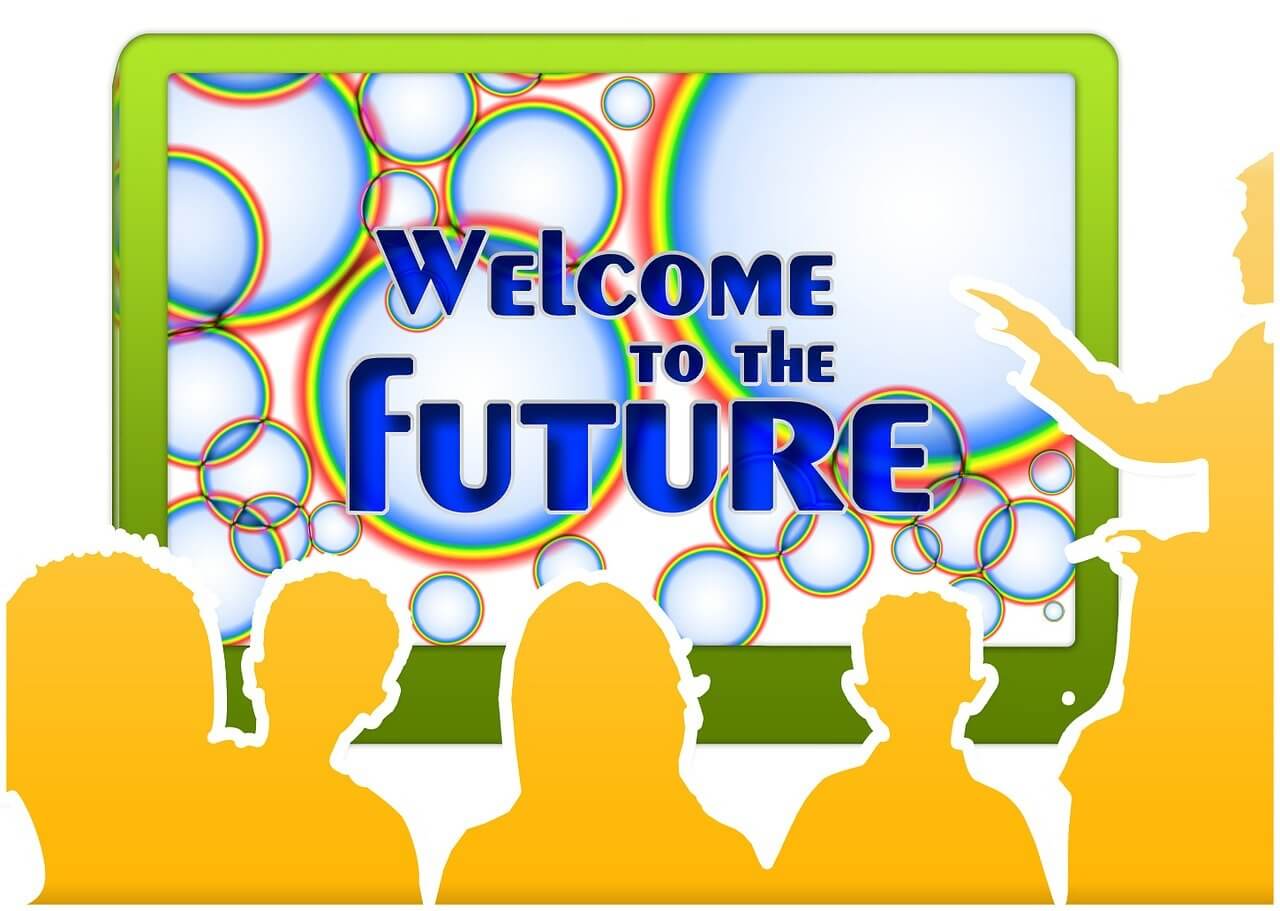There is no one answer to this question, as schools of the future will likely look quite different depending on the location and demographics of the area they are in. However, a few trends seem likely to continue into the future.
Schools will become more digital
This means that they will rely more heavily on computers and the Internet in online learning. As it stands now, there are already digital tools being used in schools, such as online homework assignments and online testing programs. Still, these will continue to be further implemented into classrooms over time.
As more people are shifting to homeschooling and learning lessons online, many people are enrolling in online lessons, especially regarding languages. Online language lessons have been a growing trend as of late. While programs have been around for a couple of years now, these educational sites continue to be created and tweaked. The idea is that people who would like to study a language online can go online to find instructors willing to teach them at their convenience.
Schools will become more personalized
This means that they will cater more specifically to the needs of each student. For instance, some schools are already using programs that allow teachers to track a student’s progress and then modify their teaching methods accordingly.
Schools will become more collaborative
Schools will place a greater emphasis on teamwork and socializing. For instance, some schools are already using cooperative learning methods, where students work together in small groups to complete tasks. Additionally, schools increasingly use social networking websites to facilitate communication among students and between students and teachers.
Schools will become more diverse
It’s evident that schools will not limit themselves to one standard teaching style, but will experiment with the various ways students can learn. For instance, some schools are already experimenting with competency-based learning. Students complete steps to show that they have learned a concept before moving on and in place of traditional letter grades.

Schools will become more sustainable
Sustainability in schools means that they will make an effort to use resources efficiently and reduce their environmental impact. For instance, some schools already use green technology, such as solar panels and wind turbines, to generate power. Additionally, many schools use recycled materials in their construction and landscaping.
Schools will become more global
Schools will not only teach about other cultures but will also welcome students from around the world. For instance, many schools are now using online learning tools that allow students to learn from tutors in other countries. Additionally, many schools are now offering dual-language programs, which teach students two languages simultaneously.
Schools will become more affordable
This means that they will be accessible to the wealthy and the poor. For instance, some schools are now using a tuition-free education model, where students do not have to pay tuition to attend. Additionally, many schools are now using online learning tools that allow students to learn from home at no cost.
Schools will become more convenient
Schools will allow students to learn at their own pace, whenever convenient. For instance, many schools are now experimenting with competency-based learning. Students complete steps to show that they have learned a concept before moving on and in place of traditional letter grades which require everyone to move at the same pace.
Schools will become more connected
This means that they will not only be connected to the Internet, but also to each other. For instance, many schools are now using social networking websites to facilitate communication among students and between students and teachers.
Schools will become more personalized
Schools are going to cater more specifically to the needs of each student. For instance, many schools are now using competency-based learning, where students complete steps to show that they have learned a concept before moving on and in place of traditional letter grades.
Schools will become more democratic
It implies that they will allow students to have a voice in the classroom and in the school administration. For instance, many schools are now using social networking websites to facilitate communication among students and between students and teachers.
Additionally, some schools are already using programs that allow teachers to track a student’s progress on their computer to know where the student is at all times.
As you can see, the future schools will be very different from the schools of today. They will be more diverse, more sustainable, more global, more affordable, more convenient, and more personalized.
So what does this mean for students? It means that they will have more opportunities than ever before to learn in a way that is best suited for their individual needs. So if you are a student or have students, be sure to keep an eye out for these changes because they are sure to change the way that education is delivered forever.
loading...
loading...

